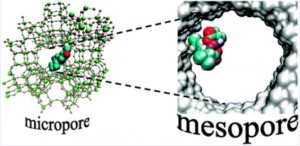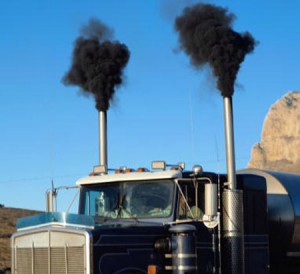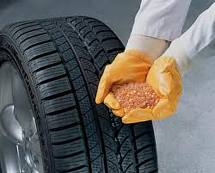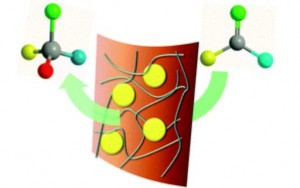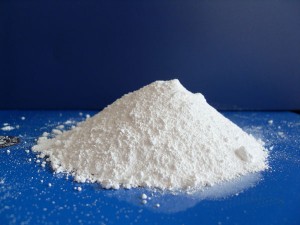 Hydrogen is undoubtedly one of the most appealing candidates as a replacement for fossil fuels in the automotive sector. Despite the logistical difficulties connected to storage and transportation, hydrogen still remains the most environmentally friendly and sustainable fuel available.
Hydrogen is undoubtedly one of the most appealing candidates as a replacement for fossil fuels in the automotive sector. Despite the logistical difficulties connected to storage and transportation, hydrogen still remains the most environmentally friendly and sustainable fuel available.
The most common source of hydrogen is steam reforming of hydrocarbons, but intensive research has been devoted to more sustainable production processes such as the thermochemical and photochemical splitting of water into its components.
Several titanium, niobium and tantalum based materials have been employed in the preparation of suitable catalysts for the photochemical splitting of water, often suffering from weaknesses such as limited absorbtion of light in the visible region, chemical instability and other issues related to the materials` morphology.
A recent study by Jiang et al. on doped titania addresses the latter concerns; the group investigated the effect of molibdenum doping (which increases the photonic efficiency of the catalyst) and thermal treatments in the layer-by-layer fabrication of catalytic films.
The study highlights how the concentration of molibdenum affects the temperature of the transitions between different morphologies and the effect of the thermal tratments conducted on the material. A detailed characterisation of the catalysts by TEM, XPS, XRD as well as their photochemical activity shows that the presence of opportune amounts of molibdenum allow for an easier control of the morphology in the fabrication of the material and that higher concentrations of dopant result in a higher photocatalytic actvity.
For more details, please find the full communication here.
Structural and morphological control of Mo doped titania films
Chunxiang Li, Zhongping Yao, Guangmei Wu, Zhaohua Jiang and Fangzhou Jia
Catal. Sci. Technol., 2011, Advance Article
DOI: 10.1039/C1CY00024A, Communication











